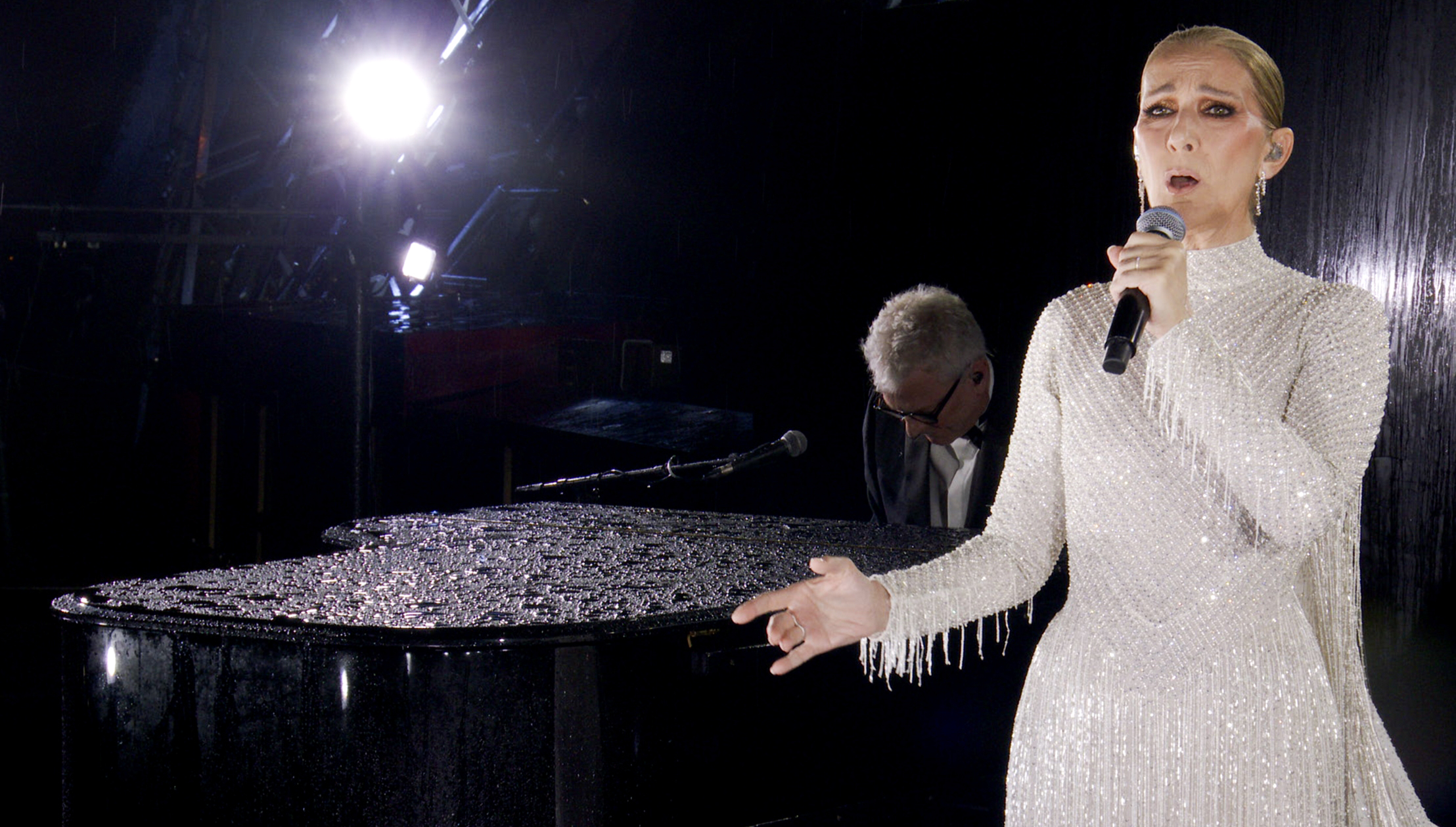Racing is set to resume Thursday at Santa Anita Park, but there won't be any races on the track's hillside turf course, on which a horse suffered a fatal injury Sunday and became the 23rd equine death at the facility since late December.
The hillside turf course requires horses to briefly cross over the main dirt track. It was on that crossover that 5-year-old Arms Runner stumbled during the Grade 3 San Simeon Stakes on Sunday, suffering an ultimately fatal injury to his right leg. The horse behind Arms Runner, La Sardane, tripped on the fallen horse but quickly got back on her feet.
Tim Ritvo, chief operating officer of Santa Anita parent company The Stronach Group, told the Daily Racing Form the track will suspend races on the hillside turf course to "look at data" in the aftermath of Arms Runner's death.
Two races had been scheduled on the hillside course Thursday. According to DRF, one of them will instead be run on the main track, while the other will be run on the main turf course. A Friday race that had been scheduled on the hillside course will also be run on the main track, the paper reported.
On Tuesday, Sen. Dianne Feinstein, D-California, sent a letter to the California Horse Racing Board urging it to suspend all racing at Santa Anita "until the cause or causes of these deaths can be fully investigated."
"I also ask for more information about what the California Horse Racing Board is doing to both investigate this matter and address some of the concerns that these incidents have rightly raised," Feinstein wrote.
On Tuesday afternoon, the CHRB announced a special meeting for April 12 -- providing the required 10 days of public notice -- to discuss "possible reallocation of race dates granted to the Los Angeles Turf Club at Santa Anita Park Race Track."
News
Top news of the day
Such a move, however, would require approval of The Stronach Group, and Ritvo told DRF that Santa Anita fully intends to maintain its schedule of racing through the end of the current meet, June 23.
Two-time Triple Crown-winning trainer Bob Baffert told reporters Tuesday morning during a National Thoroughbred Racing Association conference call that he remains confident about the level of safety at Santa Anita.
"If I thought there was a danger out there, I wouldn't even (send) my horses out there so I'm feeling good about what's going on here. But I don't want to jinx myself," said Baffert, who noted that he hasn't had any issues at the track since the racing season began Dec. 26.
"We've been under this dark cloud so hopefully we can move forward," he said.
Baffert is expected to have two of his top 3-year-old colts -- Game Winner and Roadster -- in Saturday's Santa Anita Derby.
Santa Anita had been closed to racing for most of March in response to the spate of horse deaths. Racing resumed last Friday at the famed Arcadia track, one day after the California Horse Racing Board approved restrictions on certain medications administered to the animals.
The CHRB approved previously announced proposals to strictly limit the use of anti-inflammatory medications on horses. It also approved a much-discussed 50 percent reduction in the allowable amount of Lasix, a diuretic that helps prevent horses from hemorrhaging. Santa Anita officials had initially proposed a ban on Lasix, but struck a compromise with the Thoroughbred Owners of California and the California Thoroughbred Trainers calling for a 50 percent reduction in allowable dosage.
Santa Anita officials previously announced a series of other measures being implemented to help bolster safety of the horses, including:
- Complete transparency of all veterinary records;
- Trainers must apply for permission to work a horse (a timed, high-speed training exercise) at least 48 hours in advance;
- No therapeutic medications of treatments will be allowed without a qualified veterinary diagnosis from a state licensed veterinarian;
- Significant and strict out-of-competition testing;
- Increasing the time required for horses to be on-site prior to a race; and
- A substantial investment by The Stronach Group in diagnostic equipment to aid in the early detection of pre-existing conditions.
Those measures, however, did not prevent animal-advocacy groups from protesting the resumption of racing at Santa Anita, who point to the dangers they say are inherent in the sport.
Between December and February of the previous year, 10 horses died at Santa Anita, compared with eight in 2016-17 and 14 in 2015-16. The track averaged about 50 deaths per year from 2008-18, according to data from the CHRB.
The unusually large amount of rain that has fallen over the Southland this winter has been mentioned as a possible factor in explaining the surge in deaths.
Former track superintendent Dennis Moore and Mick Peterson of Racing Services Testing Lab were brought in to conduct a thorough analysis of the main track, and officials repeatedly said they found no problems.



